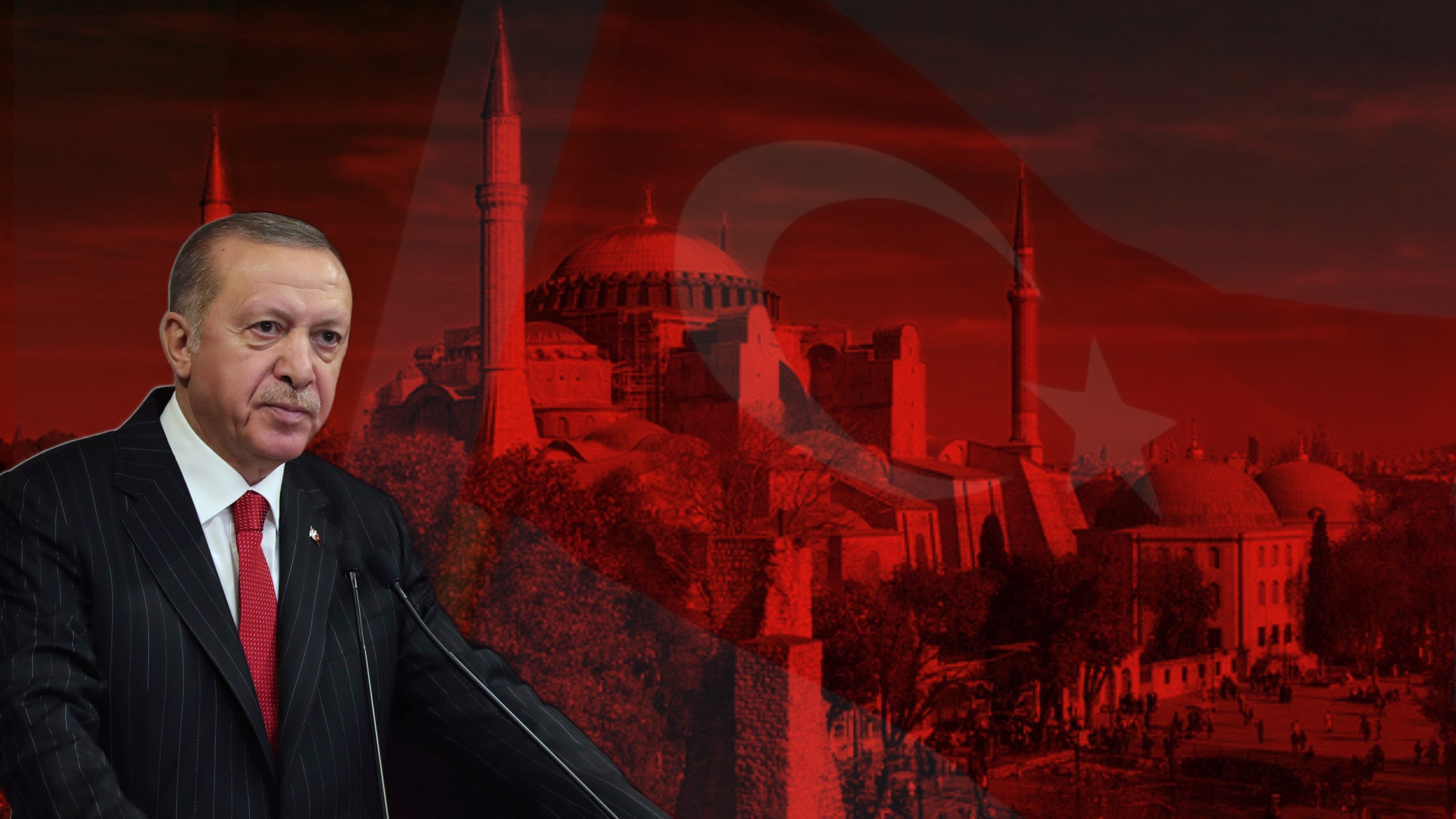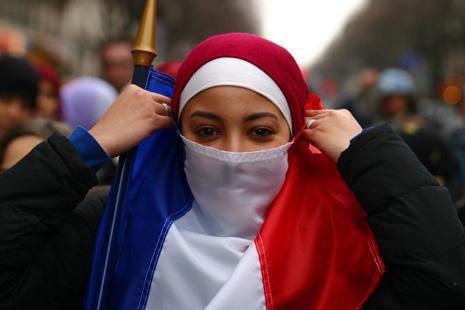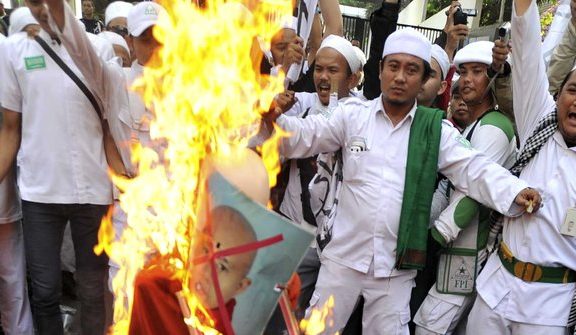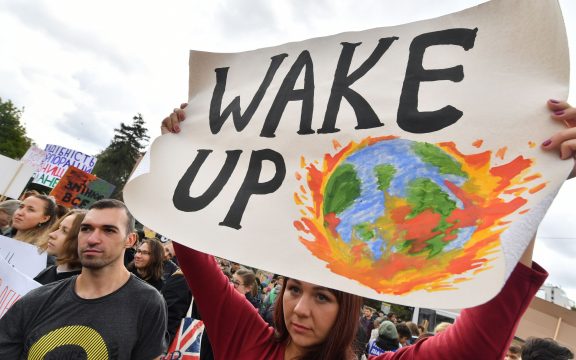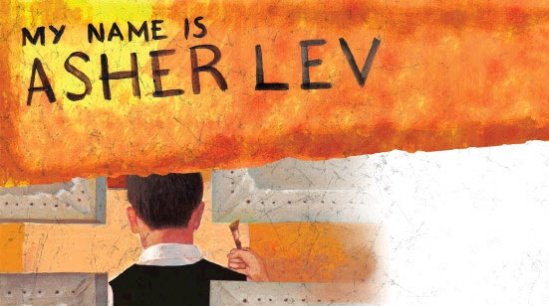Our understanding about Mecca seems to shape under a “spiritualized” explanation based on religious doctrines, rather than socio-cultural explanations toward the city. This is natural, since Mecca is a holy city which is Kaaba (or Ka’bah) as the direction (kibla) that all Muslims should face in obligatory praying. Our desire to travel for Hajj or Umrah, also shapes our emotional engagement to the holy land. Unfortunately, this spiritual view is obscure, or at least slowly ‘killing’ the broad insights about the historical, cultural and social dimensions of Mecca. In this regard, this writing will explain a little about Mecca by referring to Zuhairi Misrawi’s work entitled Mekah: Kota Suci, Perang, dan Keteladanan Ibrahim.
We must acknowledge that the pilgrimage to the holy city, at present, is like a luxury trip. The Prophet’s and other historical sites including the houses of the Prophet Muhammad, his wife Khadija, his companion Abu Bakr and several tombs on the graveyards have been demolished. Bulldozed with the fuel of Wahhabism spirit on the one hand, and economic interests on the other.
“Wahabism opposes anything which may embolden the faithful towards idol worship. People are strongly discouraged from visiting locations connected to the birth of Islam and powerful clerics encourage their destruction. Anything that departs from the oneness of God as defined by the Wahhabis as ‘shirk’ (idolatry), and implies ‘kufr’ (infidel). From its earliest appearance, Wahhabism has thus viewed many Hijazi customs and rituals– especially those that involve honouring the Prophet Mohammed or his companions, particularly celebrations of the Prophet’s birthday, visiting of shrines, reverence of the dead, dreams and visions, the sanctity of sites or shrines and especially sufi practices – as superstitious, if not heretic” (Goenawan Muhammad).
The Kaaba and the Masjid al-Haram, the holiest site in Islam and a place where all Muslims are supposed to be equal, is now overshadowed by towering buildings i.e. the Jabal Omar complex, a development of skyscraper apartments, hotels and an enormous clock tower (Taylor, 2012) that show the luxury of a holy city that has transformed to resemble Las Vegas or London. Finally, inevitably, if we want to look back at the city’s cultural heritage, we must re-open its historical literature.
I assume Zuhairi Misrawi’s work, the main reference in this article, is a work worth reading to lead us in tracing the historical aspects of Mecca. The book elaborates comprehensively between classical Islamic literature and modern Western literature, starting from the early Islamic historians such as al-Thabari, Ibn Jabir, al-Azraqi, Ibn Hisham, al-Mas’udi, and Ibn Khaldun to the works of a number of Orientalists such as Snouck Hurgronje, Philip K. Hitti, Patricia Crone, and Montgomery Watt.
Meeting Point of Abrahamic Religions
The Kaaba has been the main attraction of Mecca since its earliest period. Sacred sites that become a magnet of a lot of people, including followers of Abrahamic religions from various areas to visit and worship in order to gain inner peace. The Abrahamic religions refer to three monotheistic religions (Judaism, Christianity, and Islam) that claim the prophet Abraham as their common forefather. Ibrahim, as mentioned several times in the Old Testament and the Quran, has built this House of God (Baitullah). Mecca itself has other names in several languages such as Miqreb, South Saba language which means holy place, Mekwerab, Old Ethiopian language, meaning holy place and trade center.
Ibrahim’s role as the prophet who contributed greatly to the construction of the Kaaba and then returned to Palestine and having a son, Isaac, was a strong reason to call Mecca and specifically the Kaaba as the meeting point of the Abrahamic religions. The Prophet Ibrahim is claimed by Jews as the ancestor of the Israelites, while his son Ismael is portrayed by Muslim tradition as the ancestor of the Arabs. In Christian tradition, Abraham is described as a “father in faith” which may suggest that all three religions come from one source.
The Prophet Adam was the first person who occupy Mecca. Because in this city Baitullah resides. After that, his descendants built a house made of clay and rocks (Misrawi, p. 75) and became a place of residence for a number of prophets, among whom was Noah. Some of the prophets who died around Mecca included Noah, Hud, Shuaib, and Salih. The prophets Ibrahim and Ismael were the prophets who have the most meritorious in building the Kaaba and laying the foundation of the Hajj rituals that practiced by Muslims today.
Economic Resources
The holy sanctuary of Kaaba has already been a destination for pilgrimage even since pagan times, attracting thousands of people from all over the region and thus bringing wealth to the inhabitants of Mecca. After Ismail, Mecca was controlled by the Jurhum tribe. Their wealth was obtained by utilizing the arrival of pilgrims to Mecca. The long drought that hit this city was the cause of the loss of Jurhum tribal hegemony towards Mecca. In order to survive from the drought, they sold Zamzam water and even stole valuable ornaments in the Kaaba.
It was reported that the Zamzam water channel became clogged because it was used as a place to store the stolen goods. This prolonged drought also led to the Khuza’a tribe repelling the Jurhum and took over the city of Mecca. Khuza’a managed Mecca professionally and provided the best service for pilgrims. They ruled for about 300 years and continued by the Quraysh descendants. Qushay, one of the Quraysh tribe leaders, managed to buy a key from Abu Ghibsyan, a Khuza’a tribe figure who liked to get drunk and exchanged the key with liquor. Since it was ruled by Qushay, a place called Dar al-Nadwa was built, a gathering place for the rulers of Mecca to discuss the problems facing them, including religious matters.
After Qushay died, the key was handed over to his eldest son, Abdu al-Dar, which then led to a dispute with Abdu Manaf. The dispute ended with the division of tasks between the two parties: Abd Manaf took care of the water problem (al-siqayah), while Abd al-Dar was responsible for the banner key (al-sadanah) and the chair of the meeting. This agreement lasted until Islam came.
Route of International Trade Center
Mecca, as a part of Arabian Peninsula, was favourable for trading route. It was a strategic position between Africa and Asia continents. To its north lie Syria and Trans-Jordan, and on the east Iraq and Persia. On the north-western side lie Egypt, and Southern Europe across the Mediterranean Sea. In the south-western direction adjoining the Red Sea are Ethiopia and Somaliland. In the south, the Indian Ocean separates the Arabian Peninsula from the Indo-Pakistan sub-continent. From the early Middle-Age, Arabia and the neighbouring Persian, Ethiopian, and Roman Empires were carrying a major part of world trade (Ziaul Haq, 1968).
Because of its position as a haven for guests and traders from all over the world, the inhabitants of Mecca are known as people who are good at hospitality for the guests. As already mentioned, the presence of pilgrims and traders was one of the factors to stimulate the economic wheels of Mecca. More than that, later on, the value of hospitality in treating guest by the Prophet Muhammad was made as one of the laudable morals in Islam. In fact, as a sign of faith.
![Islami[dot]co](https://en.islami.co/wp-content/themes/jambualas/images/logo.png)

